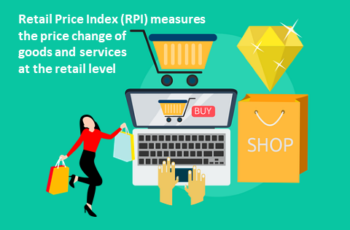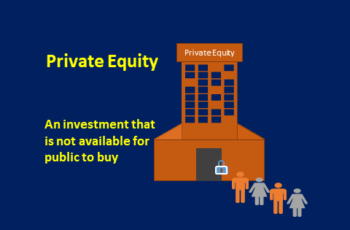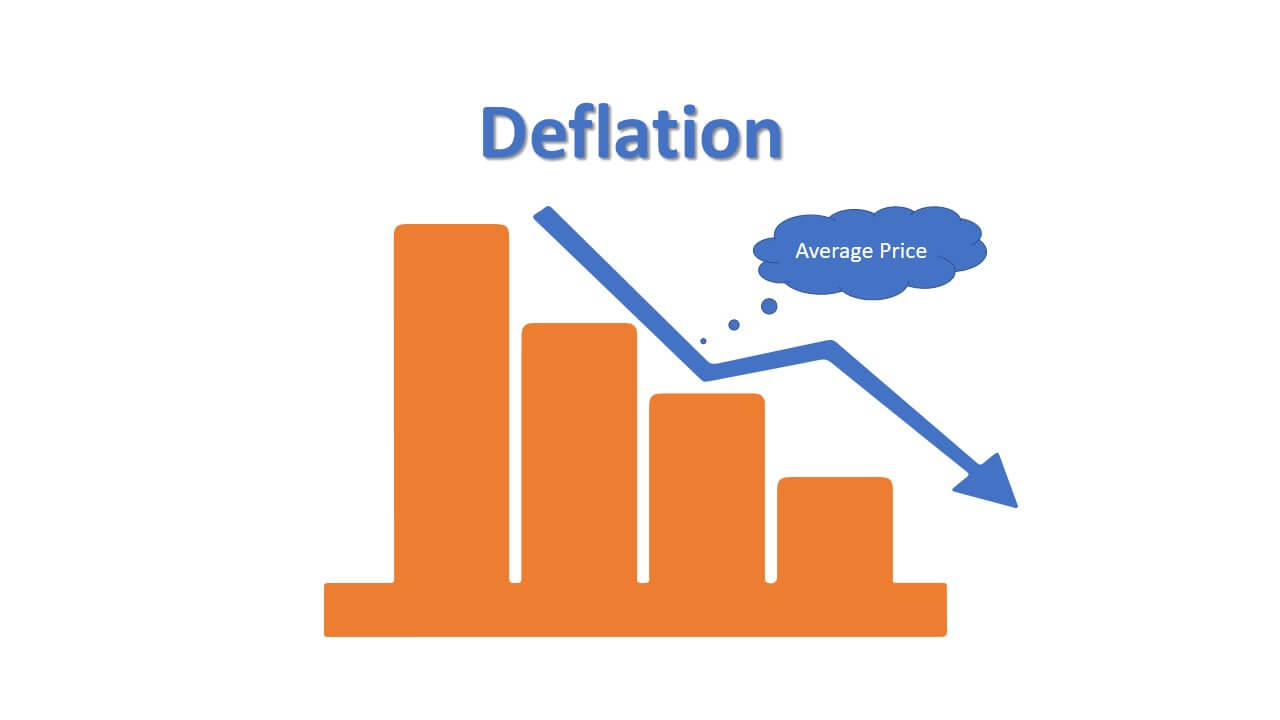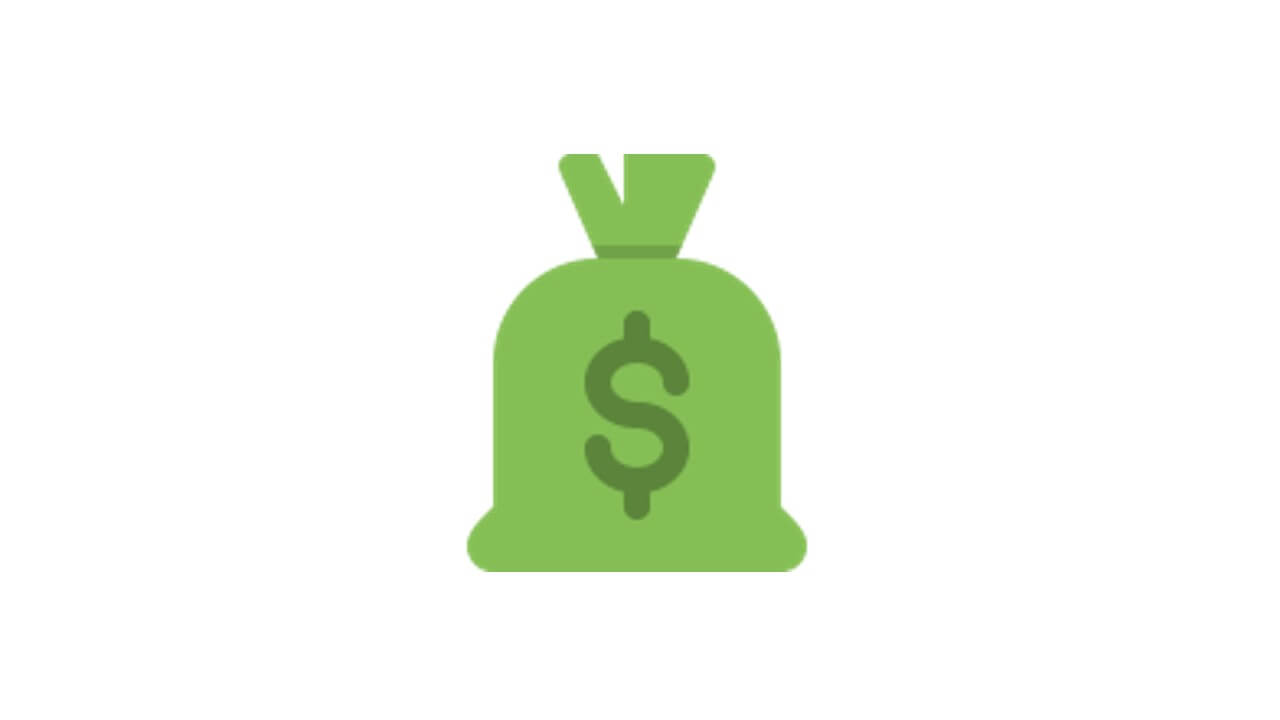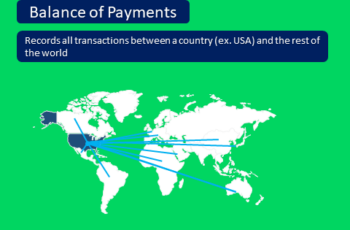A mixed economy contains features from a traditional economy, a market economy and a command economy. It is an economic system in which the private sector and public sector can produce, own, and trade. And, both private and public sectors answer the three basic economic questions (what to produce, how to produce, and who gets it).
In other words, a mixed economy is an economic system in which market forces and the government plan make economic decisions. Market forces are supply and demand or buyers and sellers. And, the economic decisions are production, distribution, investment, saving, etc.
The mixed economy is the most popular economic system in the world. Its goal is to take good parts of planned and market economies and get rid of evil parts. Moreover, this system wants to narrow gaps between rich and poor people but entrepreneurs and innovators also have the opportunity to get rich.
Characteristics of a Mixed Economy
The following are circumstances that put the mixed economy in a favorable or superior position.
Co-existence of Private and Public Sectors
In a mixed economy, the public or government sector and the private sector work together.
The public sector owned by the government is active in industries that are:
- Necessary but not profitable; and
- Expensive; and the private sector is not interested.
On the other hand, the private sector’s incentive is profit. They are free to make a profit as much as possible if are not violating some regulations such as monopoly laws.
Existence of Joint Companies between the Government and Private Owners
There are companies that the private sector owns with the government. These types of companies are common in India. The motive behind these companies is profit, but the promotion of welfare is a priority.
Provision of Social Security
In a mixed economy, the government provides social security to provide growth opportunities for poor people.
Economic Freedom
Economic freedom refers to the right of residents to control their skills and property. In a mixed economy, individuals and businesses freely work, produce, consume, and invest in anything they please. However, the level of freedom is less than the open market.
In a mixed economy, supply and demand set market prices. However, the government may enter the market as a participant to bring changes in the supply and demand of specific goods and services. Generally, these changes are necessary due to oversupply or undersupply of specific goods and services.
Government Intervention
The government intervenes in a mixed economy if there is economic failure. Economic failure refers to a situation where demand and supply are far away from an optimal condition.
For example, if inflation rises too high, the central bank (a governmental financial institution) cuts the interest rate. A higher interest rate discourages spending by making borrowing more expensive which results in low demand and lower prices.
Another example is the high unemployment which is not favorable. In this case, the government can lower corporate taxes to boost investment or increase governmental institutions’ activities.
Advantages of a Mixed Economy
Here are factors that put a mixed economy in a favorable position.
The State Provides the Essential Goods and Services
In a mixed economy, the government provides essential goods and services to people who cannot afford them.
For example, in Denmark, if you are a resident, you get higher education for free. The Danish government even finances the private schools partly, but some tuition fees apply.
However, in the United States, which is more capitalist, higher education, such as college and university, is not free. Moreover, in the USA, the amount of funds that public schools get from the federal government varies by community.
Competitions Benefit Consumers
In a mixed economy, a private company not only competes with other private companies but also competes with governmental companies.
This intensive competition brings down prices to the lowest possible level.
Doing Business Has Lower Risk
Strong regulation governs a mixed economy. If there is a market failure, the government steps in to fix it. That is why it has a lower risk compared to a free market.
Economic Freedom Exists
Even though the state is a participant, individuals and businesses enjoy economic freedom.
Manufacturers are free to produce whatever they want except those banned under laws. The government does not tell producers what to produce and they enjoy pricing freedom too.
Individuals can own and buy whatever they want, which is impossible under a command economy. They even have more options than a free market because monopolies can kill competitors and, bring down the number of choices.
Disadvantages of a Mixed Economy
Here are issues that put a mixed economy in a less favorable position.
Higher Taxes
The state funds its spending by levying taxes on residents. Residents are individuals and active institutions.
Compared to residents of a free market, mixed economy residents pay higher taxes because the state spends a lot.
Higher taxes cut residents’ disposable income and consumer expenditures. This may lead to lower growth of the economy. Moreover, higher taxes may lower entrepreneurship motivation.
The Government Could Become Large
The problem with a bigger government is that it makes it difficult for private businesses to run operations.
Why?
The primary objective of state companies is not profit. If the government owns too many businesses in various sectors, it may bankrupt private businesses which may lead to less efficiency of national resources.
A private company almost always is better and more efficient than a state enterprise. Private companies make a country more competitive in international trade and boost the trade balance.
Moreover, a huge government discourages foreign direct investment which can hurt the balance of payments too.
Why Is Mixed Economy Popular?
Every system, everything, and everyone has some good and bad features.
This is true for economic systems as well. Both market economy and planned economy have some good and some bad characteristics. And the mixed economy wants to get the best features from both.
The mixed economy has become popular because it is supposed to address issues from a command and a market economy.
Here are some issues that a mixed economy address but a market economy does not:
- A free market economy does not fulfill certain needs. For example, the free market does not answer questions about unprofitable but necessary infrastructures. Another example would be the military, which makes government involvement necessary.
- A market economy does not have a plan for poverty problems. Poverty exists and the free market creates it. So, the government comes to the help of people in need (welfare system).
- Government involvement is necessary for fair trade and protection of property rights.
Here are some issues that a mixed economy does address but a command economy does not:
- A command economy lacks invention, innovation, and a motivated workforce due to residents not getting benefits directly. Conversely, the government in a mixed economy even subsidizes through taxes or payment inventions and innovation that increases motivation. Moreover, the government also protects the intellectual and property rights that in a pure command economy do not exist.
- A command economy does not count the needs of residents. On the other hand, in a command economy, residents have freedom of choice in which they choose what they want.
- The resource allocation in a command economy is inefficient due to centralized decisions. On the other hand, due to numerous market participants and the government supervisory helps the resource allocation efficiency.
Role of Public and Private Sectors in a Mixed Economy
Both private and public (government) sectors have roles in a mixed economy.
The size of the government spending relative to GDP defines the approach of the economy toward socialism or capitalism. If the the size of government spending is more than private sector, the economy tends toward socialism. On the other hand, if the private sector is larger than the public sector, the economy is inclined toward capitalism.
For example, according to Statista, the French government spending relative to GDP will stand at 56.07% while in the US, it will be 37.7%. It says that the USA is more capitalist and France socialist.
Roles of the Public Sector in a Mixed Economy
According to Statista, in 2024, the US government spending relative to GDP will stand at 37.7%. In 2020, it was 44.82%. This data says that the government has a huge role in a mixed economy.
Generally, the government provides public and merit goods.
Public goods refer to commodities or services that the government provides for free to everyone in the community. The government funds these goods through taxes and other means. Examples of public goods are national defense, infrastructure, education, and security.
Merit goods are commodities that the government sector provides for free or cheaply because it wishes to encourage their consumption. The public sector provides merit goods because they are under-produced or under-consumed. The goals of merit goods provision are to promote social welfare, stability, and economic growth. Examples of merit goods are childcare support, public education, and public health care.
Moreover, the government intervenes to correct market failures through such as taxes, interest rates, and new regulations.
Last but not least, the government may privatize or nationalize industries over time. Privatization means selling governmental companies to private businesses. And, nationalization means taking private companies under state control.
Roles of the Private Sector in a Mixed Economy
When we deduct the government spending from the GDP, we get the size of the private sector in an economy.
The size of the private sector is larger than the public sector if a mixed economy is inclined toward capitalism. And, it is smaller if it is inclined toward socialism or communism.
One thing is clear. The private sector is crucial for an economy. Here are some reasons:
- Abundance of choice: The private sector brings more choices to the economy than the government. Private sector members compete with each other to provide various services and sell goods.
- Innovation and invention: The private sector manages invention and innovation better than the government. That is why SpaceX sends rockets to space cheaper than NASA. The financial and market gains are private companies’ motivators to innovate and invent new ways of doing things.
- Competition with foreigners: The public sector is less capable of competition with foreigners. The private sector increases exports by competing with foreigners and innovation. Exports boost Forex reserves and bring stability to the economy.
- Efficiency: The profit forces the private sector to be efficient. A company in addition to competing with another private company, competes with governmental companies too to bring better services and products to the market.
All the above reasons help every citizen to have a better life.

